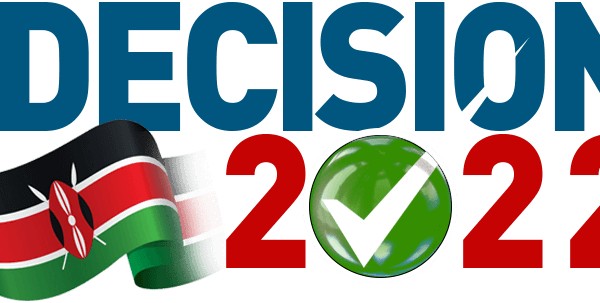
Over Eight million Kenyans belong to Savings and Credits Cooperative Organizations (SACCOs). This is according to the last World Council of Credit Unions’ annual Statistical Report released in 2020. The report further showed that the 8,033 SACCOs have assets valued at slightly over 10 Billion USD (Ksh 1 Trillion). Kenya remains an active player in the global Savings and Credits Cooperatives movement. It leads in Africa and is seventh globally in terms of asset size of the SACCOs. In Kenya, the acronym SACCO has erroneously referred to other players in the cooperative movement. Kenyans need to appreciate that SACCOs focus on providing financial services while other cooperatives focus on housing, investment, transport, marketing etc. In most parts of the world, Credit Unions is the common term used for SACCOs. Interestingly, they were seen as the people’s banks during their inception across Europe in the 19th Century.
The role that SACCOs play in Kenya’s economy is undisputed. Over the years, they have stimulated both the local and national economy. The sector contributes a significant percentage to the Gross Domestic Product (GDP). Besides, it holds the majority of the savings by Kenyans. In particular, the sector continues to provide its members with access to affordable credit and a return on their shares and savings among other financial services. Kenya has experienced robust growth within the sector. In the last year, SACCOs seems to have a model that has shielded them from the adverse effects of the COVID-19 pandemic.
Deposit-Taking SACCOs and the Non-Deposit-Taking SACCOs are the two main categories of SACCOs. These are widespread across the country. The Deposit-Taking SACCOs allow for deposit and withdrawal of cash and offer services similar to mainstream banks. The 174 Deposit-Taking SACCOs control over half of the one trillion assets in the sector. Since 2010, the SACCO Societies Regulatory Authority (SASRA) has supervised and regulated the Deposit-Taking SACCOs. Established following the enactment into law of the SACCO Societies’ Act 2008 SASRA under the guidance of the SACCO Societies (Deposit-taking Sacco Business) Regulations, 2010 has given bearing to the sector.
Streamlining
The streamlining of SACCOs in Kenya through a legislative framework is commendable. This year, a new regulatory framework has taken effect. The Sacco Societies (Non-Deposit Taking Business) Regulations, 2020 took effect on 1st January 2021. A key highlight of the new regulation is that SASRA will now commence the supervision and regulation of some Non-Deposit-Taking SACCOs. The Non-Deposit-Taking SACCOs that will now be under SASRA are all those with member deposits equal to or over Ksh 100 Million; those that mobilize membership and share capital through digital platforms and, those that mobilize members from outside Kenya. These SACCOs have until 30th June 2021 to comply with the new regulations.
SACCOs need to stay on course to spur the attainment of economic and social goals of their members. Their stability is also critical to the economy. It is expected that the new regulations will further strengthen the sector. Beyond the regulations, SACCOs need to build their sustainability from the inside out. I believe that SACCOs can continue to thrive. This is however only possible if they work tirelessly to build strong corporate governance structures. Further, SACCOs need to embrace technology, build a healthy and high-performance culture, and obsess about the needs of their members.
Dr Lucy Kiruthu is a Management Consultant and Trainer. Connect via Twitter @KiruthuLucy









